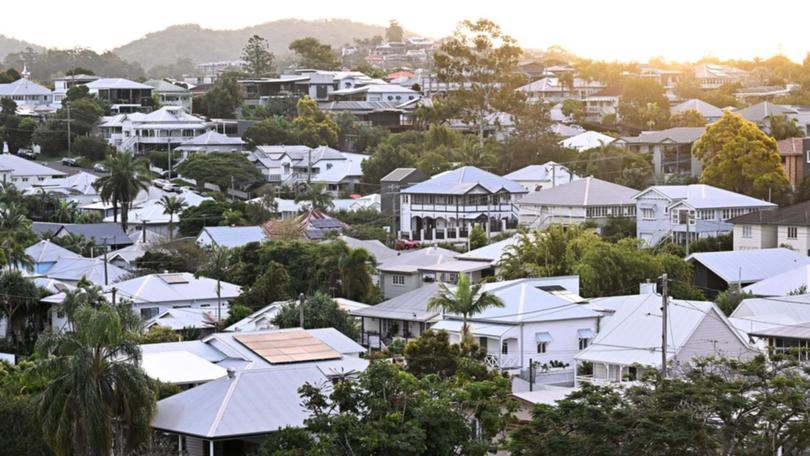Suburban Australians suffer inadequate access to healthcare and schools, says National Growth Areas Alliance

One in five Australians living in outer-metropolitan suburbs suffers inadequate access to schools, healthcare, amenities and basic infrastructure, according to a new report by the National Growth Areas Alliance.
The study warns that access to social infrastructure is set to worsen as investment fails to keep pace with the boom in population of urban growth areas from the current 5.6 million residents to a projected 7 million by 2031.
The spurt in residency means these areas will account for 59 per cent of future population growth across all state capital cities, but concerning infrastructure gaps persist across the country, according to the research by the NGAA, the peak body representing outer-metropolitan areas.
Sign up to The Nightly's newsletters.
Get the first look at the digital newspaper, curated daily stories and breaking headlines delivered to your inbox.
By continuing you agree to our Terms and Privacy Policy.When compared to established communities in capital cities, these suburbs have 48 per cent lower rates of access to healthcare and 21 per cent lower access to education. They also experience 44 per cent less access to important third spaces across arts & culture and 68 per cent for sports and leisure facilities.
“Growth Areas are currently home to 5.6m people who have come to these cities and suburbs on the promise of living the Australian dream of home ownership with room for kids to play in the yard. Without proper access to basic social infrastructure, these families are being set up to fail,” said NGAA CEO Bronwen Clark.
“It’s vital that we fix the blind spots in infrastructure investment. That’s how we’ll fully realise the potential of these suburbs to solve the housing crisis, without creating new crises for future generations,” she added.
State governments have promised to build 250,500 homes in growing outer suburbs in the next five years, rising to 501,000 by 2034, including a plan to build 180,000 homes in Melbourne’s outer reaches by 2034, 232,000 dwellings around Brisbane by 2044.
But the NGAA has urged the authorities not to neglect amenities to improve life quality in the rush to address housing shortages.
A state-by-state review of gaps in access to infrastructure between growth areas and established suburbs shows both Federal and State Governments are struggling to keep up with infrastructure demands.
Victoria has the biggest deficits across three out of four areas, including a 53.3 per cent gap in access to health care, a 75.7 per cent gap in sports and leisure facilities and a 77.1 per cent gap in access to arts and culture centres.
In each state, there were large gaps in access to healthcare, including aged care, dentists, GPs, community health centres and family planning centres. Queensland at 53 per cent, followed by Victoria, with New South Wales, at 47.9 per cent having the third biggest deficit between growth and non-growth Areas.
“People need more than just roofs and walls. They need access to schools, healthcare, employment opportunities, roads and open spaces. They need community,” said NGAA Interim Chair and Mayor of Gosnells, Terresa Lynes.

